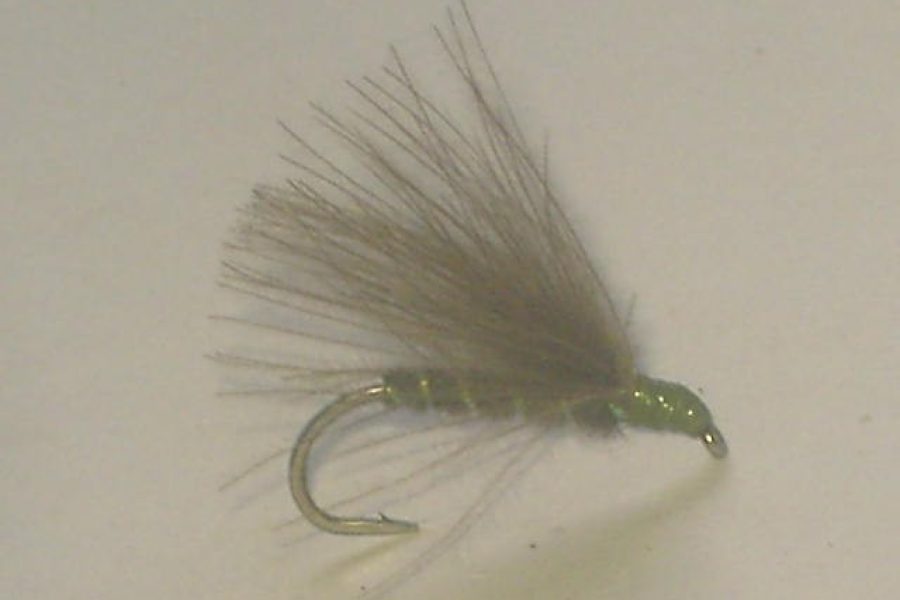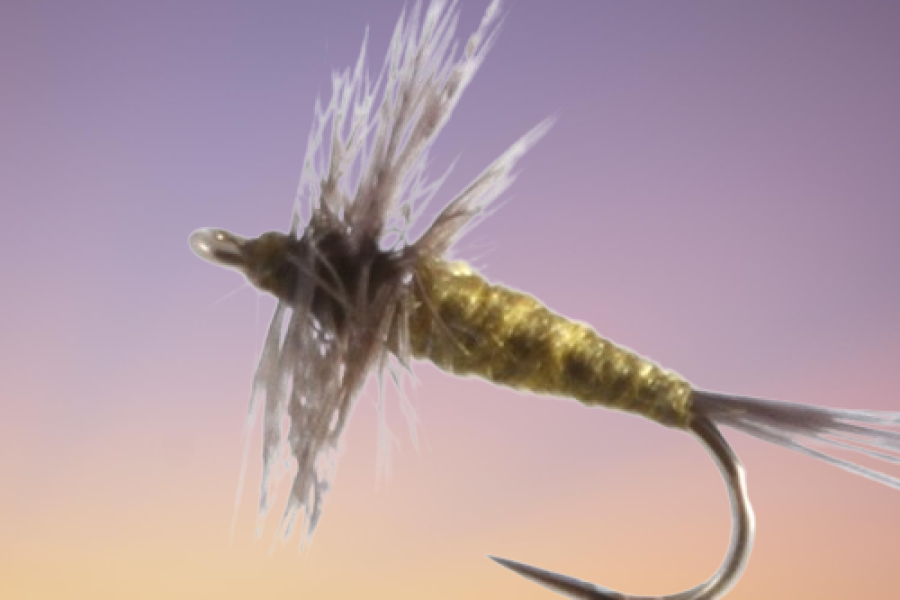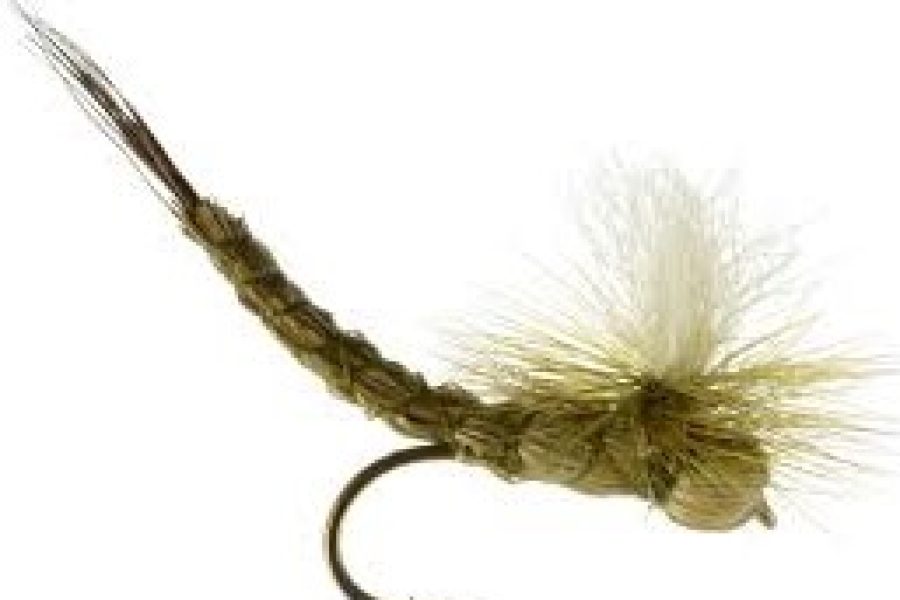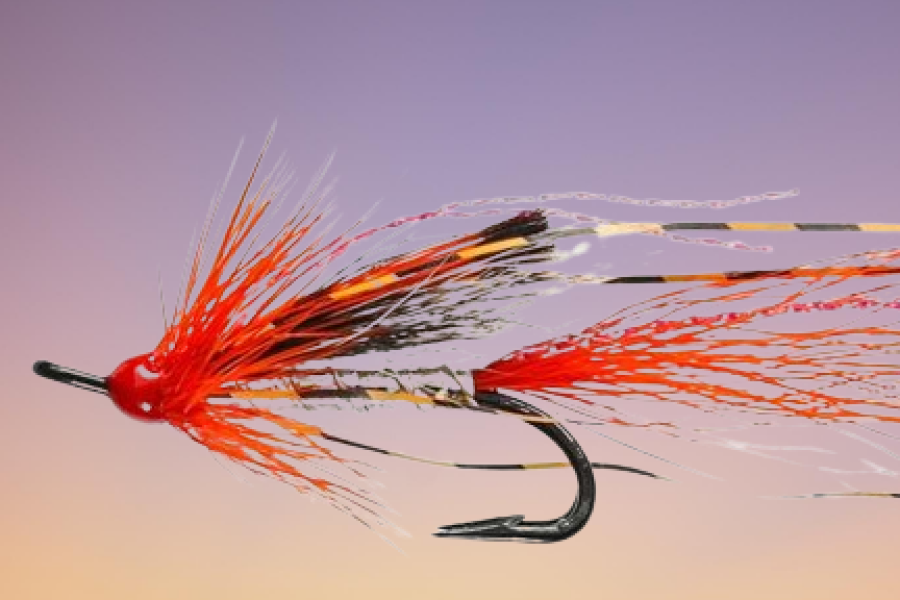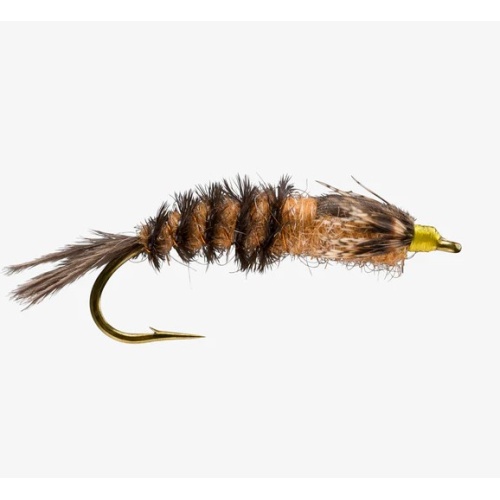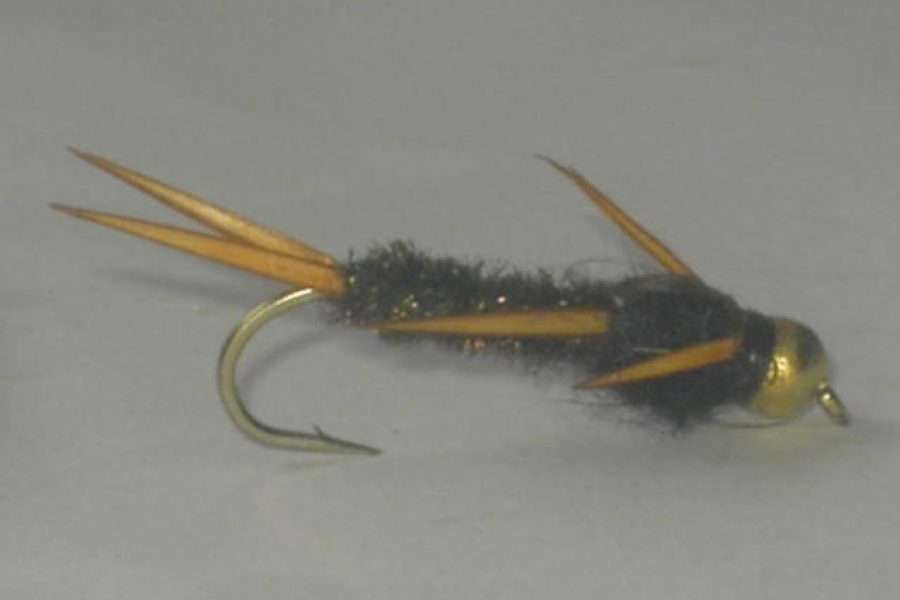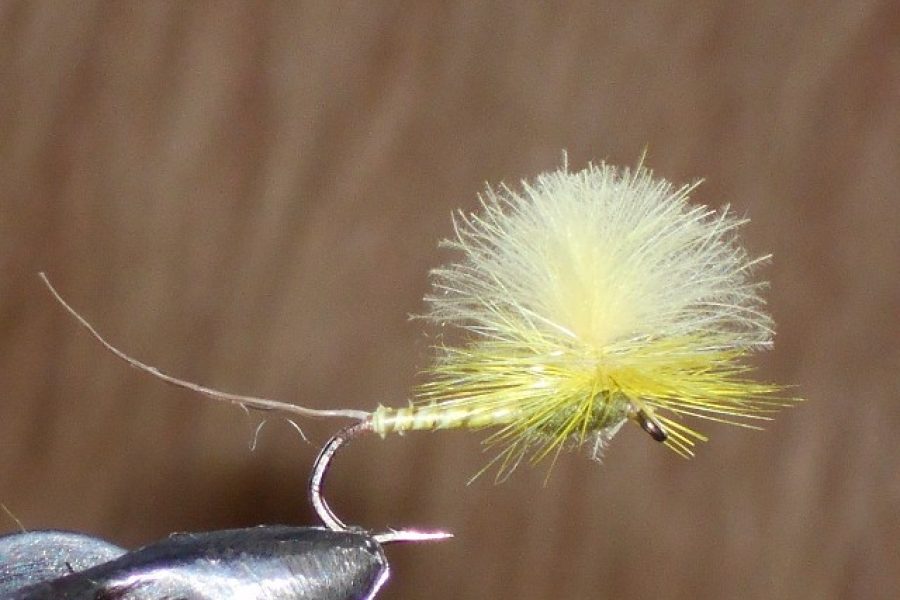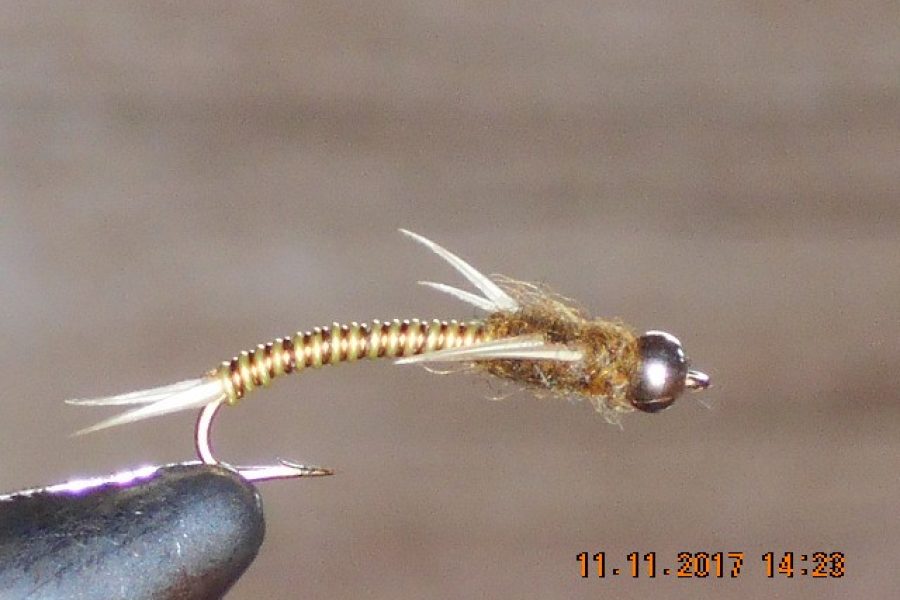Description
The Hex Nymph Fly represents a critical pattern in the fly fisher’s arsenal, designed to imitate the nymphal stage of the Hexagenia limbata mayfly. This pattern has evolved from traditional designs to become one of the most effective and versatile patterns for targeting trout and steelhead, particularly in waters where these large mayflies are prevalent.
Historical Origins and Development The Hex nymph pattern emerged from the need to imitate one of North America’s largest mayfly species, particularly important in regions like Michigan where these insects are abundant. The pattern has evolved from simple imitations to sophisticated designs that incorporate modern materials and tying techniques.
Key Historical Developments:
- Traditional mayfly imitations
- Evolution of materials
- Pattern refinements
- Modern adaptations
- Contemporary innovations
- Technical improvements
- Size variations
Design Philosophy and Innovation The pattern’s design reflects deep understanding of:
- Natural insect behavior
- Underwater movement
- Light penetration factors
- Fish feeding patterns
- Trigger points
Premium Materials and Construction Traditional Materials:
- Quality hooks
- Natural dubbing
- Selected hackles
- Pheasant tail
- Ribbing materials
Modern Adaptations:
- Synthetic dubbing
- Flash materials
- Weighted designs
- Articulated versions
- Enhanced mobility materials
Technical Specifications
Hook Configuration:
- Style: 2X or 3X long nymph
- Sizes: 6-12 (standard)
- Strength: 1X strong
- Finish: Black nickel
- Point: Standard or barbless
Body Construction:
- Thread: 6/0 or 8/0
- Underbody: Lead/wire
- Main body: Dubbing/synthetics
- Ribbing: Wire or tinsel
- Thorax: Dubbed/weighted
Wing Case:
- Pheasant tail fibers
- Synthetic materials
- Flash accents
- Protective coatings
- Segmented design
Fishing Applications
Water Types:
- Lakes and ponds
- Slow rivers
- Medium currents
- Deep pools
- Muddy bottoms
Seasonal Effectiveness:
Spring:
- Pre-hatch periods
- Early season feeding
- Cold water techniques
- Deep presentations
- Multiple retrieves
Summer:
- Hatch periods
- Evening fishing
- Warm water tactics
- Surface film
- Deep runs
Fall:
- Post-hatch periods
- Changed water conditions
- Selective feeding
- Multiple depths
- Various speeds
Advanced Fishing Methods
Presentation Techniques:
- Dead Drift
- Natural drift
- Depth control
- Line mending
- Drag elimination
- Strike detection
- Active Presentations
- Swing techniques
- Strip retrieve
- Pulse methods
- Lift and drop
- Multiple depths
Water Reading and Strategy
Key Factors:
- Bottom composition
- Current speed
- Depth variations
- Temperature
- Light conditions
Strategic Approaches:
- Location identification
- Drift planning
- Coverage patterns
- Depth control
- Speed management
Environmental Adaptations
Light Conditions:
- Bright sunlight
- Overcast days
- Early morning
- Evening periods
- Night fishing
Water Clarity:
- Crystal clear
- Stained water
- Muddy conditions
- Post-rain
- Variable visibility
Modern Variations
Size Adaptations:
- Standard sizes
- Micro patterns
- Magnum versions
- Situation-specific
- Water-matched
Pattern Variations:
- Traditional ties
- Weighted versions
- Articulated designs
- Flash enhanced
- Seasonal patterns
Technical Considerations
Leader Setup:
- Length selection
- Tippet size
- Breaking strength
- Knot choice
- System balance
Equipment Matching:
- Rod weight
- Line selection
- Leader design
- Tippet material
- Terminal tackle
Conservation and Durability
Material Selection:
- Environmental impact
- Longevity factors
- Strength requirements
- Replacement needs
- Storage considerations
Maintenance:
- Post-use care
- Storage methods
- Repair techniques
- Material preservation
- Long-term durability
Advanced Applications
Specialized Techniques:
- Deep nymphing
- Indicator fishing
- Euro nymphing
- Tight-line methods
- Swing techniques
Tactical Adaptations:
- Weather conditions
- Water levels
- Fish behavior
- Seasonal changes
- Time of day
Specialized Hatch-Matching and Behavioral Imitation
Natural Movement Patterns:
- Burrowing behavior imitation
- Swimming motion replication
- Emergence triggers
- Drift characteristics
- Natural positioning
Hatch-Specific Adaptations:
- Pre-emergence behavior
- Active migration patterns
- Molting stage imitation
- Vulnerability triggers
- Size/color matching
Life Cycle Considerations:
- Development stage matching
- Seasonal color variations
- Growth phase imitation
- Environmental responses
- Activity period matching
Future Developments
Emerging Trends:
- New materials
- Design refinements
- Tying techniques
- Fishing methods
- Pattern variations
Innovation Areas:
- Material technology
- Construction methods
- Presentation techniques
- Environmental considerations
- Performance enhancement
The Hex Nymph Fly represents the perfect fusion of traditional nymph design and modern innovation. Its sophisticated engineering incorporates precise imitation with proven fishing methods, creating a pattern that consistently produces results across varying conditions. Whether targeting selective trout during a hatch or presenting to opportunistic feeders, this pattern delivers exceptional performance through its carefully calculated design elements and versatile presentation capabilities.
Additional information
| Hook size | 10, 12, 14, 16, 18, 20, 6, 8 |
|---|---|
| Hook type | Barbed Hooks, Barbless Hooks |


